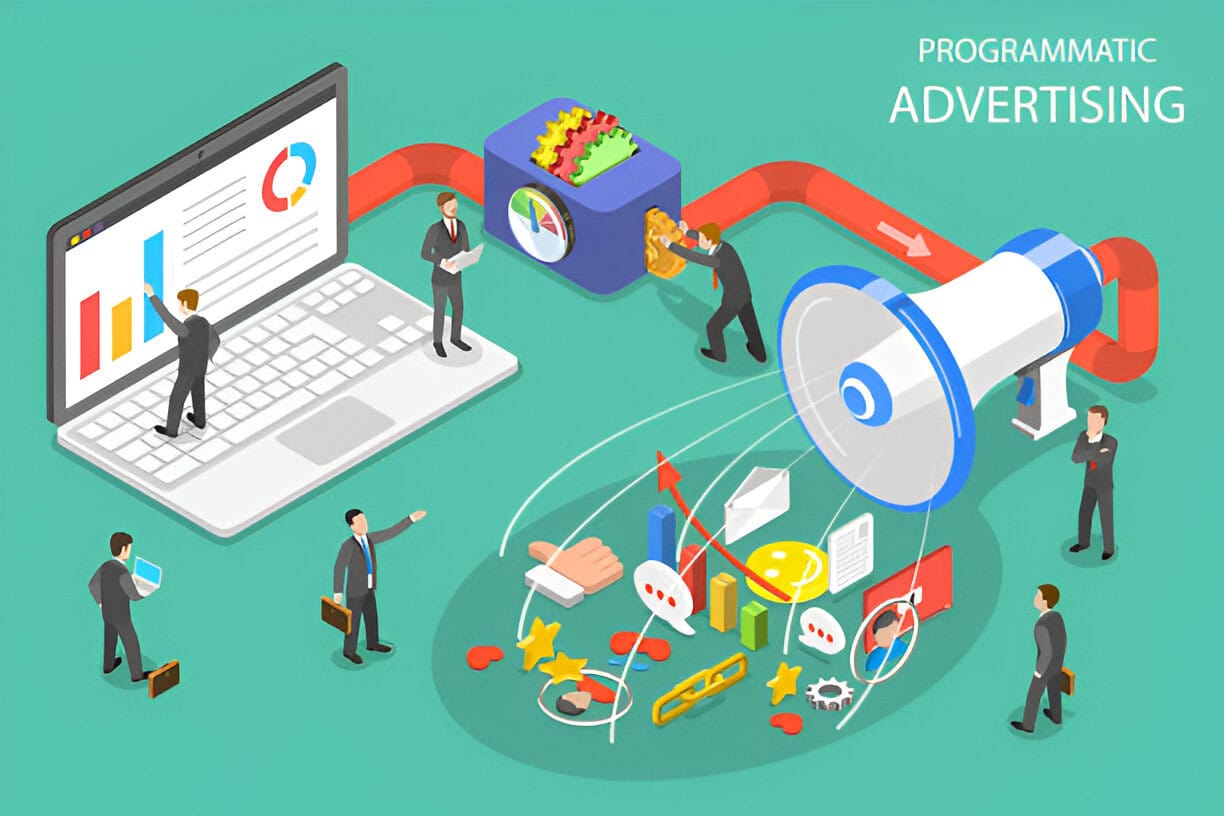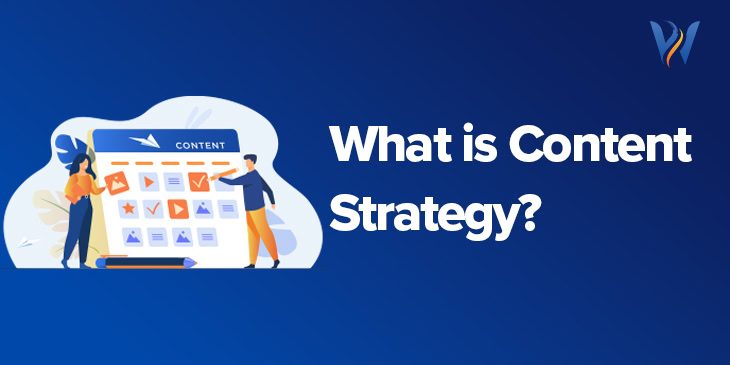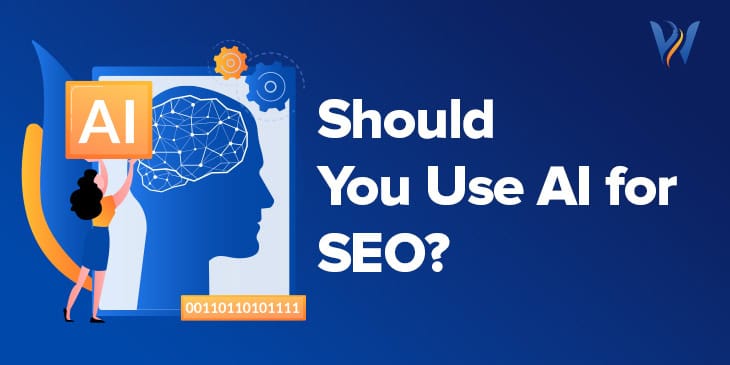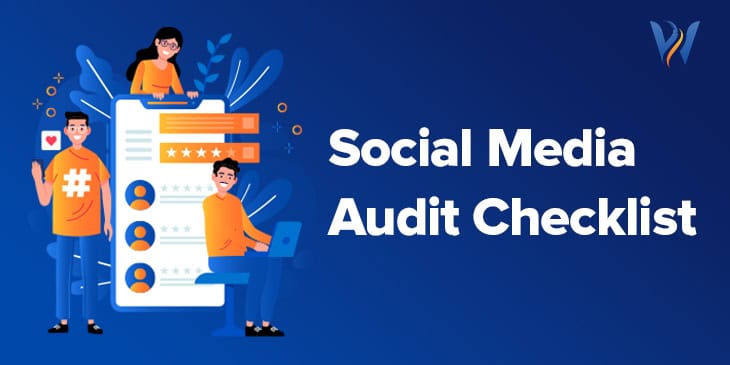Creating a lot of buzzwords in ad tech is challenging since it’s the beating rage in contemporary digital advertising. Digital advertising involves two primary ways, i.e., Direct vs Programmatic Advertising. Both these methods help advertisers break down their pain points before launching their campaigns.
According to a 2021 eMarketer report, programmatic advertising’s market share in digital display advertising rose from 83.9% in 2019 to 86.5% in 2021, with projections up to 91.1% in 2022. Despite these impressive figures, direct deals (or direct media buying) between publishers and advertisers still hold significant importance.
Although programmatic advertising has gained popularity among many businesses, there are reasons why direct site advertising remains a viable and sometimes better option. As each method offers unique benefits, understanding their differences is crucial for achieving optimal results. Scroll down to understand the differences and why you should consider using direct vs programmatic advertising.
Defining Direct Advertising
Though viewed as old-fashioned, direct advertising is a marketing strategy conducted manually between businesses and target audiences. This method is established through an agreement between the publisher and an advertiser.
Mainly used in print media and digital spaces like emails or websites, the advertiser discusses the terms with the publisher. This includes negotiations on ad placement, duration, and associated costs. The focus here lies on agency input, providing companies more control over ad placement.
For example, the travel magazine Condé Nast Traveler, is approaching a luxury car brand, Lexus, about promoting their new hybrid SUV targeting eco-conscious adventurers. Condé Nast Traveler is offering Lexus a direct advertising campaign in their “Sustainable Travel Issue.” This special edition focuses on eco-friendly travel and matches Lexus’ brand image. Condé Nast will provide exclusive ad placements, like full-page spreads featuring the new SUV with nature photography. They can also produce co-branded content highlighting Lexus’ sustainability efforts, featured both online and in print. This strategy targets eco-conscious travelers and strengthens Lexus’ brand association with Condé Nast’s premium content. (Source: MediaKix – The Advantages of Direct Advertising)
Advantages
- Personal Relationships: Direct ad buying involves establishing personal relationships with publishers to collaborate and negotiate for the best ad placements and pricing.
- Control: Direct advertising offers an exceptional level of control. Businesses can zero in on their ad inventory and oversee the timing of their initiatives. This way, they can guarantee precise delivery and maintain uniformity of their brand reputation.
- More room for Customization: Direct buying allows publishers to access substantial brand advertising budgets that are difficult to secure through programmatic channels. Big brands often favor direct deals with selected publishers, making such agreements highly desirable. Additionally, direct deals typically provide higher revenue per ad impression for publishers.
- Guaranteed Trading: Direct advertising allows advertisers to know in advance which ads will run, as well as the timing and placement. It also gives advertisers clarity about the exact cost.
Drawbacks
- Cost and Competition: Direct ad buys typically have higher costs per impression or placement, as they often require premium rates for exclusive or high-visibility ad spaces. It can even be difficult to make your marketing emails stand out through direct mail.
- Intrusive: Many people view direct marketing, particularly telemarketing and door-to-door sales, as intrusive. Marketing mail is often seen as ‘junk mail’ by some consumers. If marketing tactics are perceived as bothersome, they can lead to negative brand associations and decrease the likelihood of purchase, especially with less targeted campaigns.
- Low response rates: Direct marketing response rates typically range from 1% to 3%. Reaching consumers who are not interested in your products or services can lead to wasted money and irritation. To reduce this, use more targeted lists rather than sending mass messages.
Defining Programmatic Advertising
Programmatic advertising is an automatic, data-driven process that operates mostly in the digital ad space. Simply put, it is an automated method of selling and buying media online. Here, the advertiser purchases impressions based on demographic targeting for audiences rather than selecting specific placements on particular media.
This highly complex process doesn’t depend on human negotiations. Instead, algorithms are used to determine every detail of an ad campaign. Though sophisticated, businesses prefer this type of advertising more for better targeting, higher engagement, and conversions.
For example, Sephora partners with a Demand-Side Platform (DSP) to boost sales of its new skincare line among young, beauty-conscious consumers. Using first-party data on customer behavior, Sephora targets users who have purchased skincare products, visit beauty websites, and are interested in natural ingredients. The DSP employs real-time bidding to place ads on various digital platforms, ensuring they reach these specific users.
Through programmatic advertising, Sephora delivers personalized ads highlighting the skincare line’s benefits and uses dynamic creative optimization (DCO) to adjust messaging based on user preferences. This approach helps Sephora optimize ad spend, track campaign performance, and drive sales.
Advantages
- ROI Dominance: Algorithms assess bids, user data, and relevance, optimizing ad spend and maximizing return on investment.
- Precision in Targeting: Advanced targeting capabilities allow advertisers to reach specific audiences based on detailed user data and behavior.
- Unmatched level of Flexibility: Programmatic advertising offers real-time adjustments and optimizations, allowing for rapid changes to campaigns based on performance.
- Cost-Effective: Automated bidding and optimization help reduce costs and ensure efficient use of the advertising budget.
Drawbacks
- Lack of Human Control: Programmatic advertising relies heavily on automated systems, which can reduce the level of human oversight and strategic input in ad placements and targeting.
- Ad Fraud: Programmatic advertising is susceptible to ad fraud, including bot traffic and fake impressions, which can waste ad budgets and skew performance metrics.
- Potential For Inappropriate Ad Matching: Automated ad placements can sometimes result in ads appearing alongside inappropriate or unrelated content, potentially harming brand reputation.
Key Differences Between Direct vs Programmatic Advertising
| Parameters | Direct Advertising | Programmatic Advertising |
| Method | It is completely manual, which requires maximum human effort and back-and-forth communication. | It purchases ads using automated algorithms. Communication with the client is decreased as most of the tasks are performed using technology. |
| Audience Exposure | Impressions are sold to clients who want their ads displayed in a particular context. Here, advertisers pay for their ad placement and position. | Each impression is profiled and evaluated in the nanosecond a page takes to load. Here, advertisers pay for their targeted appearance. |
| Reporting | Campaign and performance data are compiled from multiple sources, and a billing reconciliation is given to the delivery sources. | Having a dashboard with real-time reporting, data can be collected and downloaded automatically in the demand side platform and sent to publishers and clients. |
| Optimization | Optimizations occur manually between the publisher and media buyer. | Optimizations are targeted based on real-time data collected from reporting. |
| Predictability | A package of ad inventory is sold to clients at a fixed CPM rate, with delivery set for a future date. This makes direct sales ‘predictable” while also ‘guaranteeing” inventory for clients. | These are executed with real-time bidding. Auctions take place for each individual impression, with advertisers continuously placing bids, making the process ‘non-guaranteed’ in the marketplace. |
| Pricing | Prices remain fixed, as per every CPM, regardless of the range of ad exposure across audiences. | Prices are dynamic, i.e., for every individual auction, it varies. This is meant by effective CPM. |
Direct vs Programmatic Advertising: Who is the Winner?
While programmatic advertising provides efficiency and convenience, direct advertising often proves more effective. For broad, limited-time promotions such as pizza deals or last-minute vacation offers, programmatic’s extensive reach is ideal. Conversely, B2B companies with complex sales cycles involving contracts and negotiations should focus on direct buys to build their brand through reputable channels. Publishers who embrace both programmatic and direct advertising and understand their unique benefits are seeing success through the strategic use of both methods.
WebIndia: The Media Execution Partner for Both
In reality, both publishers and advertisers often use a mix of programmatic and direct advertising strategies. These methods complement each other well, making it beneficial to use them together in a well-rounded monetization plan. At WebIndia Inc., we argue that there’s no need to choose between the two; both can be effective if used at the right times.
Moving into the future, advertisers face a choice between direct vs programmatic advertising. Some prefer to go all-in with programmatic, leaving manual ad buying behind. On the other hand, many continue to value direct relationships and traditional ad channels. Combining programmatic and direct advertising can harness the strengths of both strategies, maximizing overall benefits. Additionally, working with a Media Expertise Provider (MEP) can be advantageous, offering access to a team of experts skilled in understanding both direct and programmatic media buying environments.









